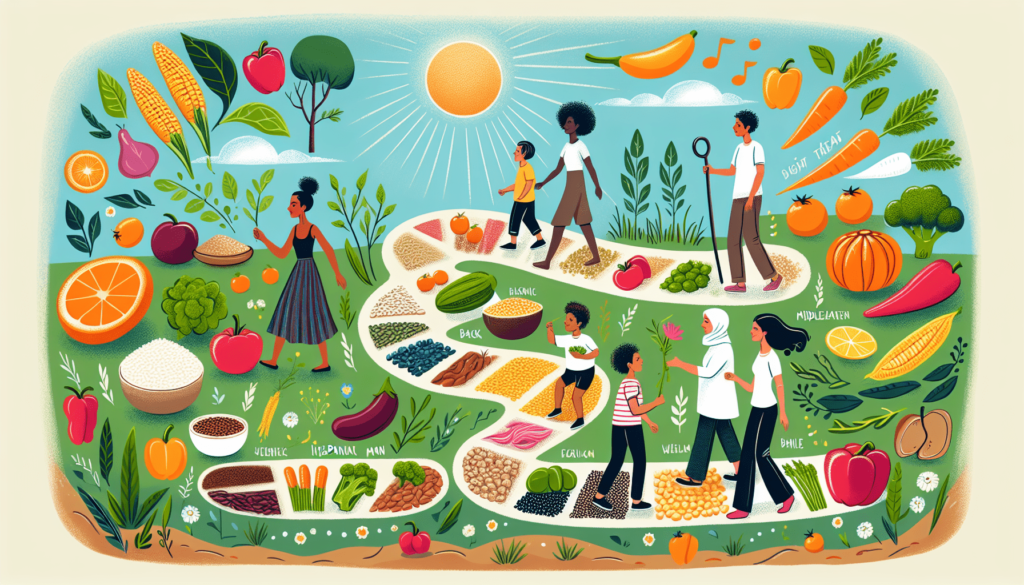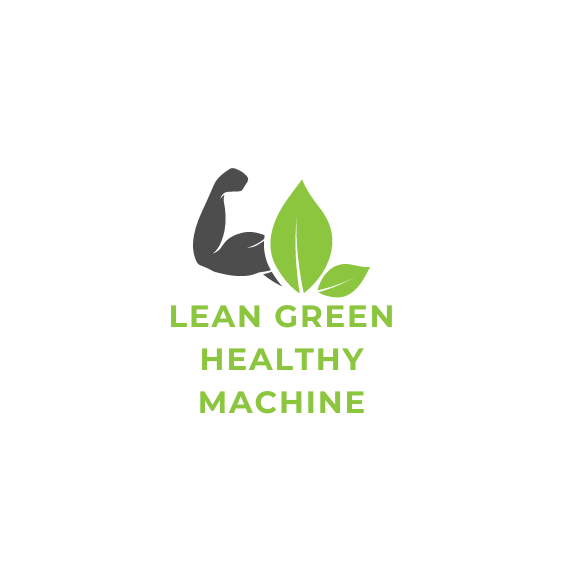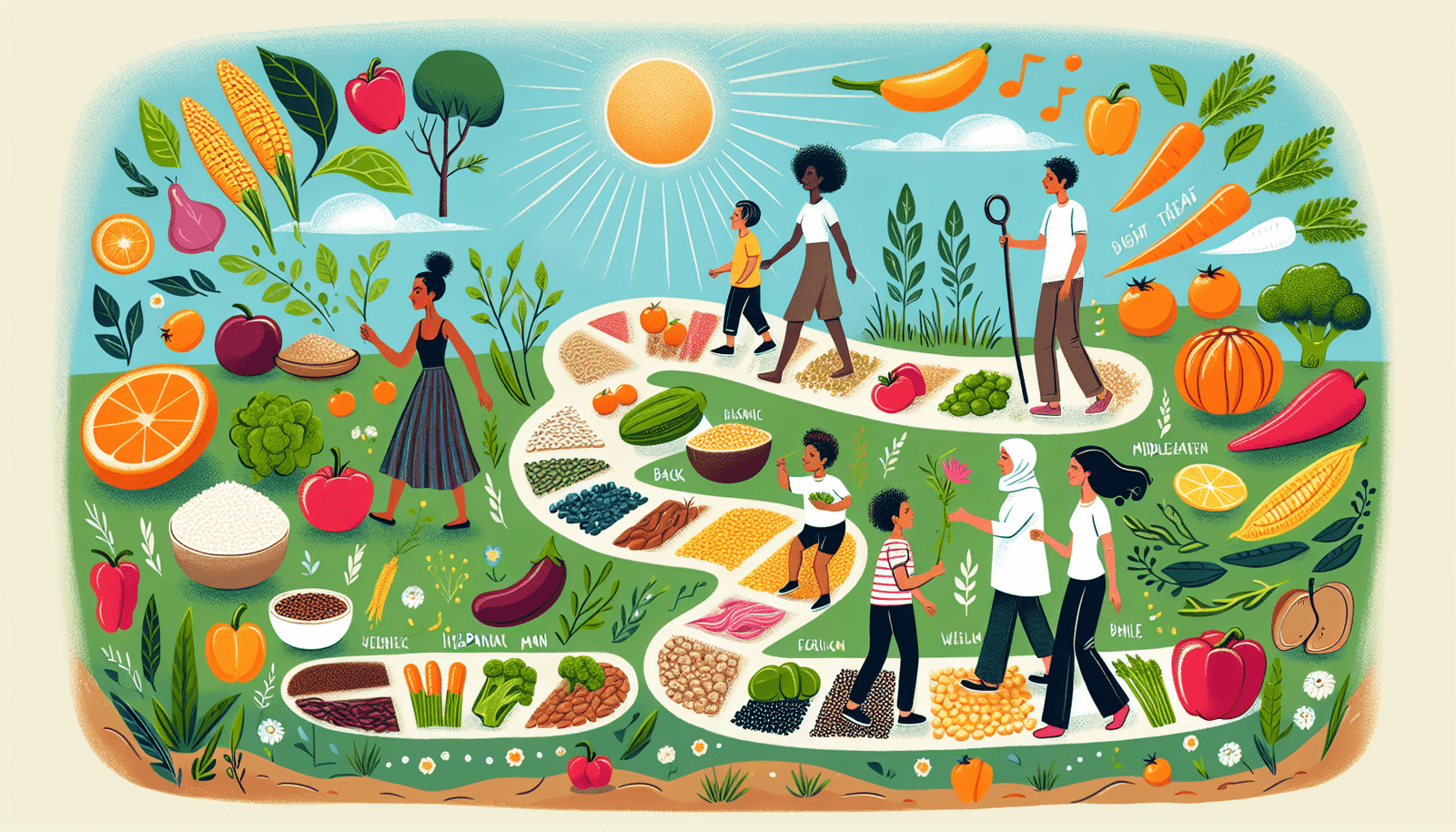Embarking on a journey towards a plant-based lifestyle can seem daunting, but fear not, for we are here to guide you every step of the way. In this article, we will explore the incredible world of plant-based power and share with you 10 easy steps to transition to a vegan diet. From debunking myths surrounding popular detox trends to unraveling the secrets of nutrient-rich superfoods, this article is your ultimate guide to harnessing the incredible potential of plant-based nutrition. Get ready to embrace a healthier, more vibrant you as we provide you with actionable tips, delicious recipes, and all the knowledge you need to fuel your transformation. So let’s dive in and unlock a future brimming with vitality together.
Step 1: Educate Yourself
Transitioning to a vegan diet is an exciting and rewarding journey. Before embarking on this path, it’s important to educate yourself on the basics of a vegan diet. Learn about what foods are included and excluded, and familiarize yourself with plant-based alternatives for common animal products.
Understanding the health benefits of a plant-based diet can also help motivate you during your transition. Research has shown that a vegan diet can lower the risk of heart disease, type 2 diabetes, and certain types of cancer. It can also promote weight loss and improve overall health.
Another important aspect to consider is the environmental impact of animal agriculture. Animal farming is a major contributor to greenhouse gas emissions, water pollution, and deforestation. By choosing a vegan lifestyle, you can significantly reduce your carbon footprint and contribute to a more sustainable planet.
Finally, take the time to dive into the ethical reasons behind veganism. Many people choose to go vegan because they believe in the ethical treatment of animals and want to reduce animal suffering. Educating yourself on these issues will deepen your understanding and commitment to a vegan lifestyle.
Step 2: Set Your Goals
As you prepare to transition to a vegan diet, it’s essential to define your reasons for making this change. Whether it’s for health, the environment, or animal welfare, knowing your motivations will provide a sense of purpose and help you stay committed.
To ensure success, it’s important to set achievable short-term and long-term goals. Start by identifying small, manageable steps you can take on a weekly or monthly basis. For example, you could set a goal to have at least two plant-based meals per week initially, and then gradually increase it over time.
Consider the specific dietary changes you want to make. Are there certain foods you want to eliminate or incorporate more into your diet? Think about your preferences and take into account any specific nutritional needs you may have. Setting clear goals will make your transition to a vegan diet more structured and manageable.

Step 3: Start with Small Changes
Transitioning to a vegan diet doesn’t have to happen overnight. In fact, starting with small changes can make the process much smoother and more sustainable.
Begin by gradually reducing the amount of animal products in your meals. For example, you can start by having one meatless day per week and then gradually increase it to two or three. This will allow your taste buds and digestive system to adjust to a plant-based diet.
Replace dairy milk with plant-based alternatives such as almond milk, soy milk, or oat milk. These alternatives are widely available and can be used in the same way as dairy milk in your favorite recipes and beverages.
Explore the wide variety of vegan meat substitutes available on the market today. From tofu and tempeh to seitan and plant-based burgers, there are plenty of options to choose from. Incorporating these meat substitutes into your meals can help satisfy any cravings and make your transition to a vegan diet more enjoyable.
Experiment with new plant-based recipes to keep your meals exciting and flavorful. There are countless recipes available online and in vegan cookbooks that will introduce you to a whole new world of delicious plant-based dishes.
Step 4: Focus on Whole Foods
To thrive on a vegan diet, it’s important to focus on consuming a variety of whole, nutrient-dense foods.
Emphasize fruits, vegetables, whole grains, and legumes in your meals. These foods provide essential vitamins, minerals, and fiber that are necessary for a healthy diet. Aim to fill half of your plate with vegetables and include a variety of colors to ensure you’re getting a wide range of nutrients.
When shopping, choose whole, unprocessed foods over pre-packaged options. Whole foods retain more of their nutritional value and are often free of added sugars, preservatives, and other additives. Opting for natural sweeteners like maple syrup or dates can also help reduce your intake of refined sugars.

Step 5: Find Vegan-Friendly Restaurants and Grocery Stores
Eating out and grocery shopping can be challenging when transitioning to a vegan diet. However, with the increasing popularity of plant-based eating, it’s becoming easier to find vegan-friendly options.
Research local restaurants that offer vegan dishes or have vegan menus. Many restaurants now include plant-based options to cater to the growing demand. Websites and apps like HappyCow can help you find vegan-friendly restaurants in your area.
Identify vegan-friendly grocery stores in your area. Larger supermarkets often have dedicated sections for vegan products, making it easier to find plant-based alternatives. Health food stores and farmers’ markets are also great places to explore a wide range of vegan products.
Create a list of your go-to vegan products and brands. This will make grocery shopping much more efficient and help you maintain a well-stocked pantry of vegan staples. Look for products that are labeled vegan or plant-based, and experiment with different brands to find your favorites.
Step 6: Explore New Flavors and Ingredients
Transitioning to a vegan diet opens up a world of exciting flavors and ingredients. Use this opportunity to try out different herbs, spices, and seasonings to add depth and variety to your meals.
Experiment with plant-based proteins like tofu, tempeh, and legumes. These ingredients are rich in protein and can be used as a substitute for meat in a wide variety of dishes. Explore different ways of preparing and cooking these ingredients to find your preferred methods.
Incorporate nutrient-rich superfoods into your meals. Foods like chia seeds, flax seeds, spirulina, and hemp seeds are packed with essential nutrients and can provide a nutritional boost to your meals. Try adding them to smoothies, salads, or oatmeal for an extra nutritional punch.
Discover the versatility of plant-based cooking. Many plant-based ingredients can be used in multiple ways, allowing you to create a diverse range of dishes. For example, cauliflower can be roasted, mashed, or used as a base for pizza crust. Get creative and have fun exploring new flavors and cooking techniques.
Step 7: Meal Planning and Prepping
meal planning and prepping can be a game-changer when transitioning to a vegan diet. Planning your meals in advance not only saves time and effort but also ensures that you have nutritious and satisfying meals throughout the week.
Start by creating a meal plan for the week. Consider your schedule, nutritional needs, and preferences when planning your meals. Include a variety of flavors and textures to keep your meals interesting.
Based on your meal plan, create a shopping list and make sure to include all the ingredients you’ll need. This will make grocery shopping quicker and more efficient. Stick to your list to avoid impulse purchases.
Prep ingredients ahead of time to save time during the week. Wash and chop vegetables, cook grains and legumes, and pre-portion ingredients for recipes. Having prepped ingredients on hand will make it easier and more convenient to throw together a healthy and delicious meal.
Consider batch cooking and freezing meals for busy days. This way, you’ll always have a nutritious and homemade meal at your fingertips, even when you’re short on time. Soups, stews, and casseroles are great options for batch cooking and freezing.
Step 8: Get Support
Embarking on a vegan journey can feel overwhelming at times, but having support can make all the difference. Connect with vegan communities and social media groups to gain inspiration, ask questions, and share your experiences.
Find a vegan buddy or an accountability partner who is also transitioning to a vegan diet. Having someone to share your journey with can provide motivation, encouragement, and a sense of camaraderie. You can swap recipe ideas, meal plans, and share your successes and challenges.
Attend vegan events and meetups in your area. These gatherings provide an opportunity to meet like-minded individuals, try new vegan food, and expand your knowledge about plant-based living. They can be a fun and enriching way to connect with the vegan community.
Seek support from friends and family. Let them know about your decision to transition to a vegan diet and explain your reasons behind it. Having their understanding and support can make the transition smoother and more enjoyable.
Step 9: Stay Mindful and Listen to Your Body
As you transition to a vegan diet, it’s important to stay mindful and listen to your body’s needs.
Pay attention to hunger and fullness cues. Eat when you’re hungry and stop eating when you’re comfortably full. This will help you develop a healthy and intuitive relationship with food.
Practice intuitive eating, which involves eating based on your body’s hunger and fullness signals, rather than following strict rules or restrictions. This approach allows you to nourish your body and enjoy your meals without guilt or deprivation.
Listen to your body’s nutrient needs. Ensure you’re getting a balanced intake of protein, healthy fats, vitamins, and minerals. If you have any concerns about meeting your nutritional needs, consider consulting a registered dietitian who specializes in plant-based diets.
Adjust your diet accordingly if you notice any adverse effects or if you feel like something is missing. Everyone’s dietary needs are unique, and it may take some time to find the right balance for your body. Be open to making adjustments and trust your instincts.
Step 10: Be Kind to Yourself
Transitioning to a vegan diet is a journey, and it’s important to be kind to yourself throughout the process.
Celebrate your progress, no matter how small. Each step you take towards a vegan lifestyle is a positive choice for your health, the environment, and animal welfare. Recognize and acknowledge your achievements along the way.
Don’t be too hard on yourself during the transition. It’s normal to make mistakes or have setbacks. Remember that every meal is an opportunity to make a positive choice, and each day is a chance to learn, grow, and improve.
Embrace the benefits of a vegan lifestyle. Enjoy exploring new flavors, trying new recipes, and nourishing your body with plant-based foods. Embrace the positive changes you’re making in your life and savor the journey towards a healthier, more compassionate, and sustainable way of living.
Transitioning to a vegan diet is a personal and transformative experience. By following these ten steps, you’ll be well-equipped with the knowledge, skills, and support to make the transition in a smooth and sustainable way. Embrace the power of a plant-based diet and open yourself up to a world of vibrant health, delicious food, and positive change.

